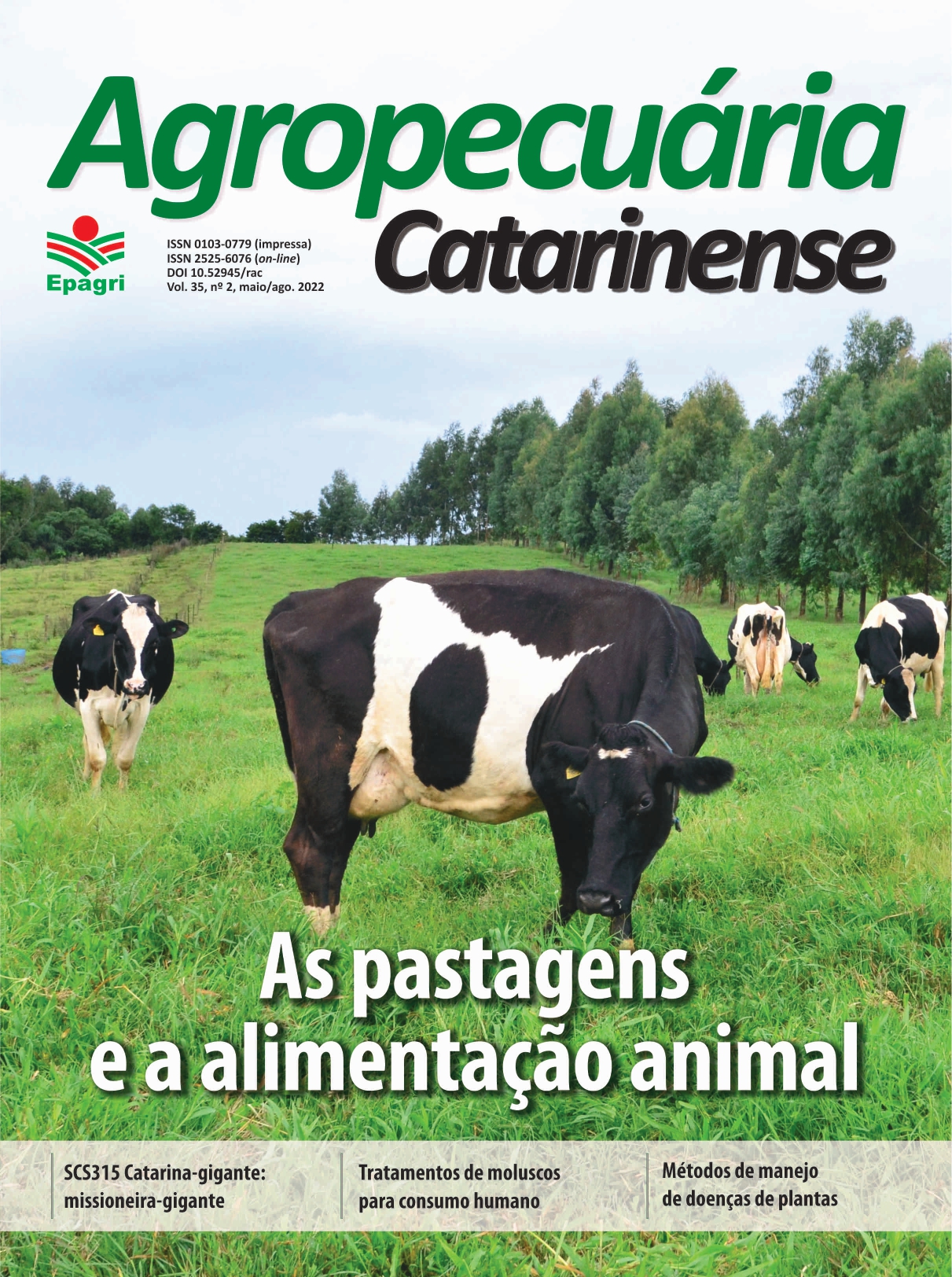Honeybee waterer - Low-cost technology that improves the productive efficiency of the colonies
DOI:
https://doi.org/10.52945/rac.v35i2.1336Keywords:
Apis mellifera L., water collection, low-cost technologiesAbstract
Water is used by bees for their metabolism and other functions in the colony. In the absence of water sources, it is essential to provide bees with a water station. In this paper we present the construction of a waterer and the preliminary results of the evaluation of the visitation for water collection in a waterer installed in an apiary and another one in an orchard cultivated under anti-hail screens. The number of bees arriving at the waterer per minute and their visitation time was evaluated. The bees visited the waterer constantly, in both environments, even in weather conditions considered inappropriate for flight and foraging, which shows the need for water for the colony. The installation of water stations in the orchards may be an option to improve the permanence of the bees under the anti-hail screens and to preventing that when they leave in search of water they cannot return.
Metrics
Publication Facts
Reviewer profiles N/A
Author statements
- Academic society
- Epagri - Revista Agropecuária Catarinense
- Publisher
- Empresa de Pesquisa Agropecuária e Extensão Rural de Santa Catarina - Epagri
References
ALVES, L.H.S.; CASSINO, P.C.R.; PREZOTO, F. Effects of abiotic factors on the foraging activity of Apis mellifera Linnaeus, 1758 in inflorescences of Vernonia polyanthes Less (Asteraceae). Acta Scientiarum. Animal Sciences, v.37, p.405, 2015. DOI: https://doi. org/10.4025/actascianimsci.v37i4.27463.
ELLIS, M.B.; NICOLSON, S.W.; CREWE, R.M.; DIETEMANN, V. Hygropreference and brood care in the honeybee (Apis mellifera). Journal of Insect Physiology, v.54, p.1516–1521, 2008. DOI: https://doi. org/10.1016/j.jinsphys.2008.08.011.
FREE, J.B. Insect pollination of crops. London: Academic Press, 1993. 684p.
HUMAN, H.; NICOLSON, S.W.; DIETEMANN, V. Do honeybees, Apis mellifera scutellata, regulate humidity in their nest? Naturwissenschaften, v.93, p.397–401, 2006. DOI: https://doi. org/10.1007/s00114-006-0117-y.
KOVAC, H.; STABENTHEINER, A.; SCHMARANZER, S. Thermoregulation of water foraging honeybees – balancing of endothermic activity with radiative heat gain and functional requirements. Journal of Insect Physiology, v.56, p.1834–1845, 2010. DOI: https://doi. org/10.1016/j.jinsphys.2010.08.002.
MALERBO-SOUZA, D. T.; SILVA, F. A. S. Comportamento forrageiro da abelha africanizada Apis mellifera L. no decorrer do ano. Acta Scientiarum. Animal Sciences, v.33, n.2, p.183-190, 2011. DOI: https://doi. org/10.4025/actascianimsci.v33i2.9252.
VISSCHER, P.K.; CRAILSHEIM, K.; SHERMAN, G. How do honey bees (Apis mellifera) fuel their water foraging flights? Journal of Insect Physiology, v.42, n.11-12, p.1089-1094, 1996.
Downloads
Published
How to Cite
Issue
Section
License
Copyright (c) 2022 Tânia Patrícia Schafaschek, André Amarildo Sezerino

This work is licensed under a Creative Commons Attribution 4.0 International License.





